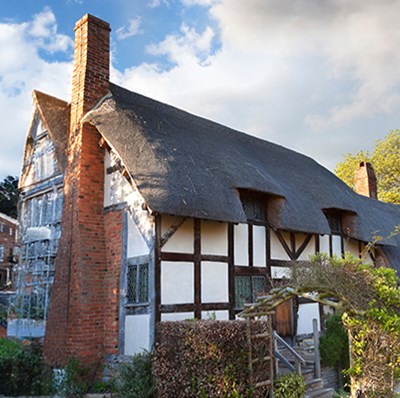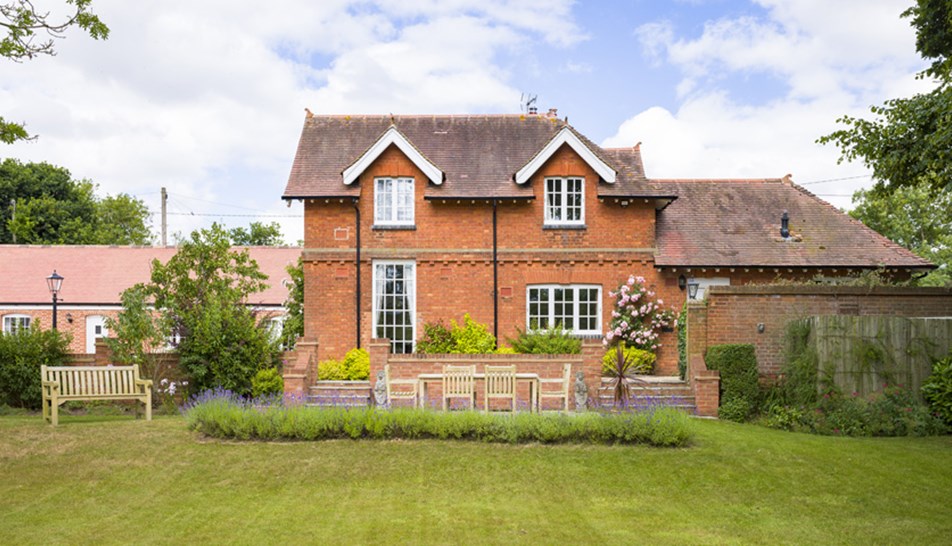Home and Property Insurance
Specialist property insurance designed to fit the unique circumstances of your home and lifestyle.
- Whether you’re a homeowner, holiday homeowner, or have an unoccupied property, we cover a wide range a property types.
- If it matters to you, we’ll help you protect it.

Our key home and property insurance polices











We also insure
Airbnb Host
Barn Conversion
Beach Hut
Coach House
Collectors Insurance
Converted Property
Flat
Flat Roof Home
Flood Risk
French Holiday Home
High Net Worth Home
High-Value Home Insurance
High Value Jewellery
Holiday Home
Home
Home Business
Home Buyers
Home Insurance with a Criminal Conviction
Home Insurance with CCJ
Home Insurance with Previous Claims
Home Emergency
Home Renovation
Ireland Holiday Home
Listed Property
Lodgers
Maisonette Buildings
Model Railway Insurance
New Building Insurance
Non-Standard Construction
Park Home
Private Clients
Probate House
Second Home
Solar Panels
Spanish Holiday Home
Subsidence
Tenants
Thatched Property
Timber-Frame House
Underpinned House
Unoccupied Property
Working from Home


Home and property insurance FAQs
Yes, our dedication to specialist property insurance means we can help you make informed choices about your cover. Benefits include English speaking overseas assistance and flexible cover.
To help you spread the cost of your premiums, we offer a quick and easy direct debit scheme for payment spread over ten months. Please visit our dedicated Direct Debit page to find out more.
If you would like to know more about our monthly payment option, please visit our dedicated Direct Debit page.
Please see the page above for your specific property type from the list above to find more details.
Home and property insurance articles
27/06/2024
Electrical Safety Best Practice: Is your property electrically fit?
This guide looks at best practices of electrical safety and asks if it is enough just to satisfy your obligations as a landlord or rental property owner.
Read more05/08/2024
Getting Rebuilding Costs Right to Avoid Underinsurance
With inflation continuing to rise and prices being driven up across all sectors of the economy, landlords should be aware that rebuilding costs may be higher than expected. This means that when making a claim, many will find themselves underinsured and left to pay the difference themselves.
Read more07/07/2024
Understanding the risks of solar panel rooftop systems
We spoke to Paul Farmer, Head of Technical at RiskSTOP Surveys Ltd, about the emerging risks associated with roof mounted solar panel systems.
Read more15/08/2024
How to Take Care of your Electricals in Heatwaves
According to NASA and the National Oceanic and Atmospheric Administration, the summer of 2022 was ranked among the hottest on record. We’ve pulled together some of the best practises for caring for our electricals in heatwaves.
Read more12/08/2024
Working from home, or living at work?
Does working remotely mean working from home, or just living at work?
Read more31/08/2022
The UK’s Top Cities for Gardening Loving Renters
To help garden lovers, we analysed the UK’s 25 largest cities by population figures, to determine the most ‘gardener-friendly' cities for renters.
Read more31/07/2024
Protecting Your Home From Fire and Flood Risks
Read a few quick tips to protect your home from the risk of fire and flood damage.
Read more02/12/2024
Flood Planning and Preparation for Your Home
Floods can occur at any time during the year. That's why it's never been more important to invest time into creating a flood plan to protect your property and possessions. Our helpful guide takes you through some of the key considerations when preparing your flood plan.
Read more




